The name Tanzania conjures up images of wildebeest stampeding across vast savannah, rain forests teeming with monkeys and birdlife, and great plains brimming with legions of game. All of these natural wonders and more are on offer in this exceptionally diverse African nation. Visitors typically visit Tanzania to partake in at least one of the four well-known Tanzanian tourist experiences: a relaxing seaside vacation on the picturesque island paradise of Zanzibar, an underwater tour of some of the world’s most renowned dive sites around the gorgeous Spice Islands, a safari adventure in some of Africa’s most impressive game reserves, or a hiking excursion around Mount Kilimanjaro National Park. Whichever of these incredible holidays you choose, you will undoubtedly be welcomed by some fabulously friendly and peaceful inhabitants who, despite being divided into 120 different ethnic groups and cultures, live in harmony with one another and provide some of the most wonderfully exotic local cuisine you could imagine. With all of this diversity on offer, the most difficult part of your Tanzanian holiday experience is likely to be deciding where to go!
Situated in northern Tanzania, Tarangire National Park is a breathtaking safari destination famed for its dramatic landscapes and exceptional wildlife. Dominated by ancient baobab trees and the life-giving Tarangire River, the park provides sanctuary for vast herds of elephants, zebra, and wildebeest, alongside smaller groups of giraffe and impala, especially during the dry season when animals gather in extraordinary numbers. Travellers can look forward to thrilling game drives that reveal lion, leopard, and even cheetah, together with more than 500 bird species that make the skies shimmer with colour and sound. Unlike busier safari parks, Tarangire offers a more tranquil, intimate atmosphere, allowing visitors to truly connect with nature. Its sweeping vistas, rich biodiversity, and sense of untamed wilderness make it an unmissable highlight of any Tanzanian adventure.
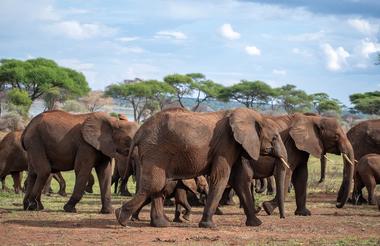
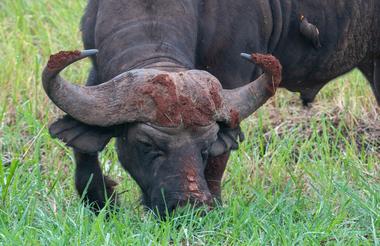
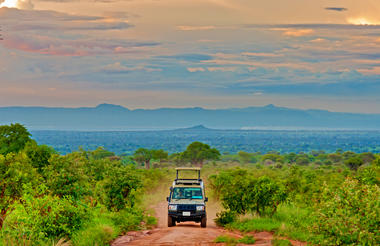
Situated in the East African country of Tanzania, Lake Natron is fed by mineral-rich hot springs and is less than three meters deep. High levels of evaporation leave loads of salt and minerals behind, the volcanic carbonate colours the water a striking red and the temperature can reach up to 50 degrees Celsius. All of which makes it a perfect breeding ground for the endangered Lesser Flamingo; however, it is known as the deadliest lake in the country, the high sodium carbonate level in the water is known to calcify and petrify wildlife who get too close. Visitors can climb the Ol Doinyo L'Engai, an active volcano; explore the surrounding terrain, including rugged mountains, grassy plains, and gorges; and spot a variety of wildlife.



The Seronera region, in the central Serengeti, is set directly on the Great Migration route and offers excellent viewing of this incredible annual phenomenon, when countless wildebeest flood the area and move across the plains. While migratory game populations fluctuate seasonally, Seronera is still a wildlife hotspot at other times of the year, sheltering the Big Five, among many other species. A number of small campsites provide accommodation and visitors can enjoy hot air balloon trips and walking safaris as well as guided game drives.
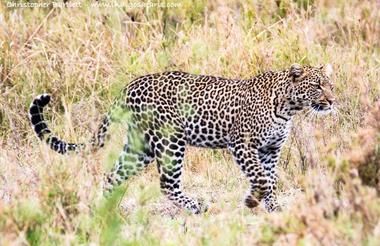
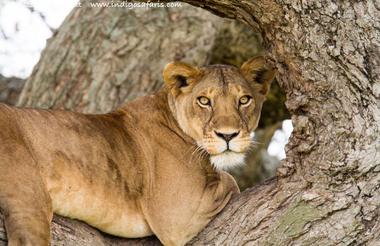
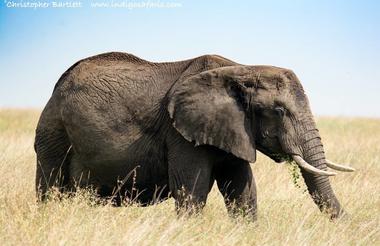
Not to be confused with the Kenyan lake of the same name set only a hundred kilomtres away, the Tanzanian Lake Magadi is an exquisite soda lake in the Ngororongo crater, named the Swahili word for salt. This is a wonderful destination for nature photographers, a scene that changes exquisitely through the seasons, moving through lush greens into striking oranges and bright pinks. Along with the changes come captivating, changing groups of animals including rhino, eland and lion, as well as golden jackals who come to hunt the flamingos. Spread over 11.2 square kilometres, the lake cultivates a unique ecosystem with its blue-green algae, which nourishes the plants and small creatures here. The surrounding crater is filled with incredible other natural attractions and a much wider variety of wildlife.
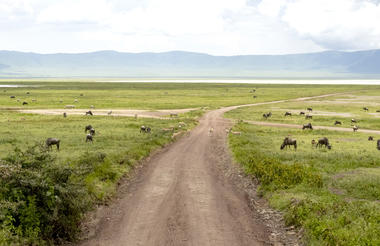
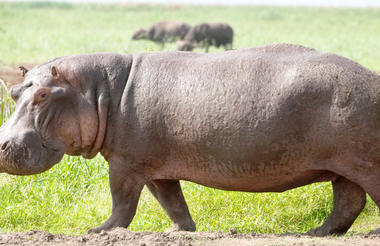

Bordering the Lake Manyara National Park in the Arusha Region of Tanzania, the village of Mto wa Mbu lies the East African Rift Valley. It serves as a convenient stopover for tourists visiting the Serengeti National Park, Ngorongoro Crater, and Tarangire National Park. Visitors can look forward to an authentic cultural experience which could include visiting a traditional home, sampling banana beer, enjoying a delicious Tanzanian meal, and browsing the weekly Maasai Market. The village is set within two wildlife corridors and a variety of animals can be spotted in the area. Look out for giraffe, elephant, hippo, wildebeest, baboon, zebra, and monkey. Other popular activities include walking, hiking, and biking tours.







